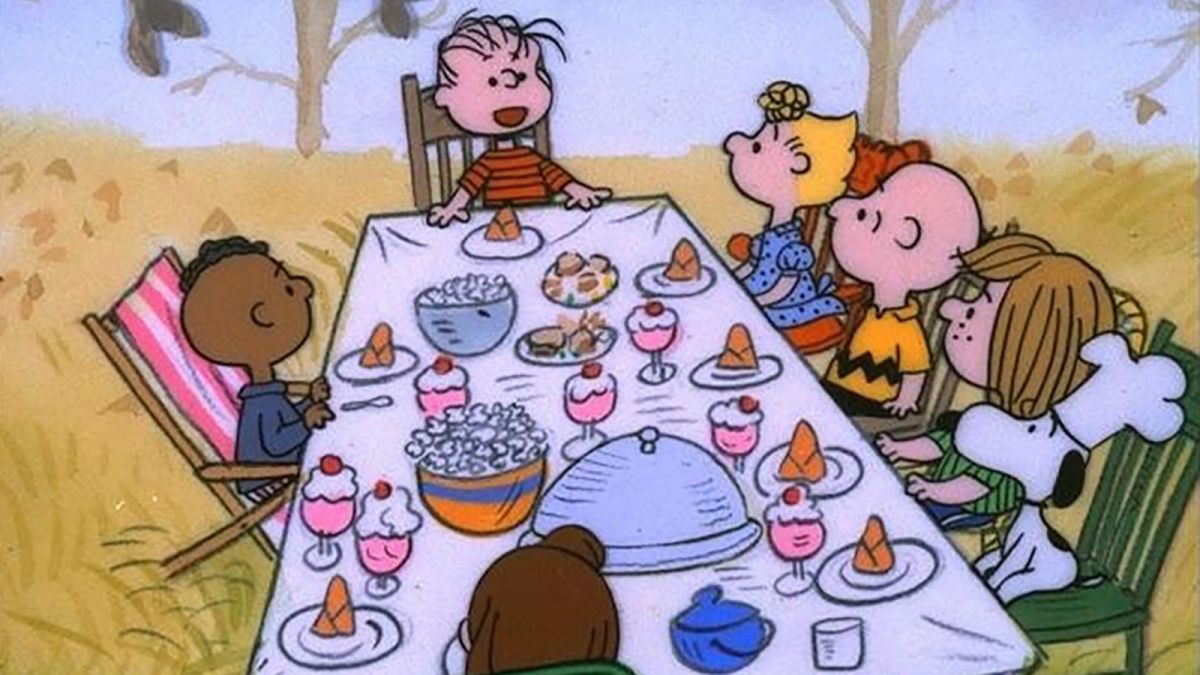8 Tips for a Sustainable Thanksgiving
It's easier than you think to eat green.

Thanksgiving is just around the corner, and with it comes a wealth of preventable food waste. Keyword: preventable. Here are eight tips for a sustainable Thanksgiving.
Buy local
While many sites say that organic is the most sustainable option, the reality can be more complicated, and often, buying local is more sustainable than buying organic. Farmer’s markets, by-and-large, tend to be more sustainable than their chain grocery store counterparts. In general, buying local produce, especially in-season food, supports the local economy and reduces transportation emissions by cutting out the middlemen in farm-to-table eating.
Sustainable meats/alternatives
Poultry is already a more sustainable protein, especially when compared to the emissions and water use needed for comparable amounts of beef. Still, the recent epidemic of bird flu is driving up poultry prices, meaning the traditional turkey may come at a higher cost this year. Consider alternatives depending on your region: high-quality fish from a sustainable fishery can be an excellent alternative (especially if you live close to the coast), as can wild venison. Better yet, consider having a vegetarian Thanksgiving and/or making all the sides vegan or vegetarian.
Prep/packaging
When buying food, avoid getting foods with excessive plastic packaging. Obviously, it will depend on time constraints, but if you prep early, you’ll be able to plan things like getting slightly stale bread for homemade stuffing, instead of running to the store to fight for the last box of Stove Top Stuffing.
Green travel
I know this one isn’t realistic in a country that’s notoriously stingy with days off, but air travel is one of the largest industries that contribute to climate change, so if you can take a bus or train to visit loved ones, that little bit can go a long way (no pun intended). Alternatively, organizing carpools with friends/family to the host’s house in question can allow you more time to catch up with loved ones (and allow you to have a designated driver).
Drink sustainably
That bottle of French wine may seem fancy, but it has a large carbon footprint with that label. Going with local, craft beers or ciders can be eco-friend alternatives to wines flown in from thousands of miles away. (Also, as a general rule of thumb, cider is the most eco-friendly alcohol due to not needing the energy and labor of wine or beer, though again, local is preferable and the longer something has to travel, the less green it is.)
Minimize food waste
Thanksgiving is apparently the holiday with the most food waste in America, coming out to $293 million worth of food waste. But that doesn’t mean you have to sacrifice your feast in order to be green. On the day of, only take what you know you can and will eat to prevent throwing out perfectly good food. Minimize leftover potential by cooking a slightly smaller amount or find tasty ways to use leftovers, like the Moist Maker sandwich from Friends. If you’re still left with an excess of leftovers that you can’t possibly eat yourself, try calling up your local shelters or food banks to see if they take donations of leftovers/cooked food. If you can’t find one, organize feeding the homeless yourself! If you must throw out some items, try looking for a compost patch to contribute to, or start your own!
Reusable dinnerware
Paper plates and plastic cups/silverware can be convenient but they’re single-use and often wasteful. Try to use reusable dishware (you can rent some if you don’t have enough) and pack up the dishwasher well (it may seem strange, but dishwashers waste less water than handwashing). That doesn’t mean plastic doesn’t have its place: Using plastic takeout containers to pack up or hand out leftovers can be a great way to avoid buying unnecessary Ziplock or Tupperware containers.
Decorate naturally
A lot of roses (and other flowers) are grown by underpaid workers who are constantly exposed to toxic chemicals. Instead, look for more local flowers or wreaths to decorate your home for the holiday. Using 100% beeswax candles can shed a bit of (sustainable) light on your spread. It can also make your home more unique compared to fake flowers and plastic Pinterest decor.
What’s your favorite part of Thanksgiving? How are you hoping to celebrate sustainably? Comment below!
(featured image: United Feature Syndicate)
Have a tip we should know? tips@themarysue.com